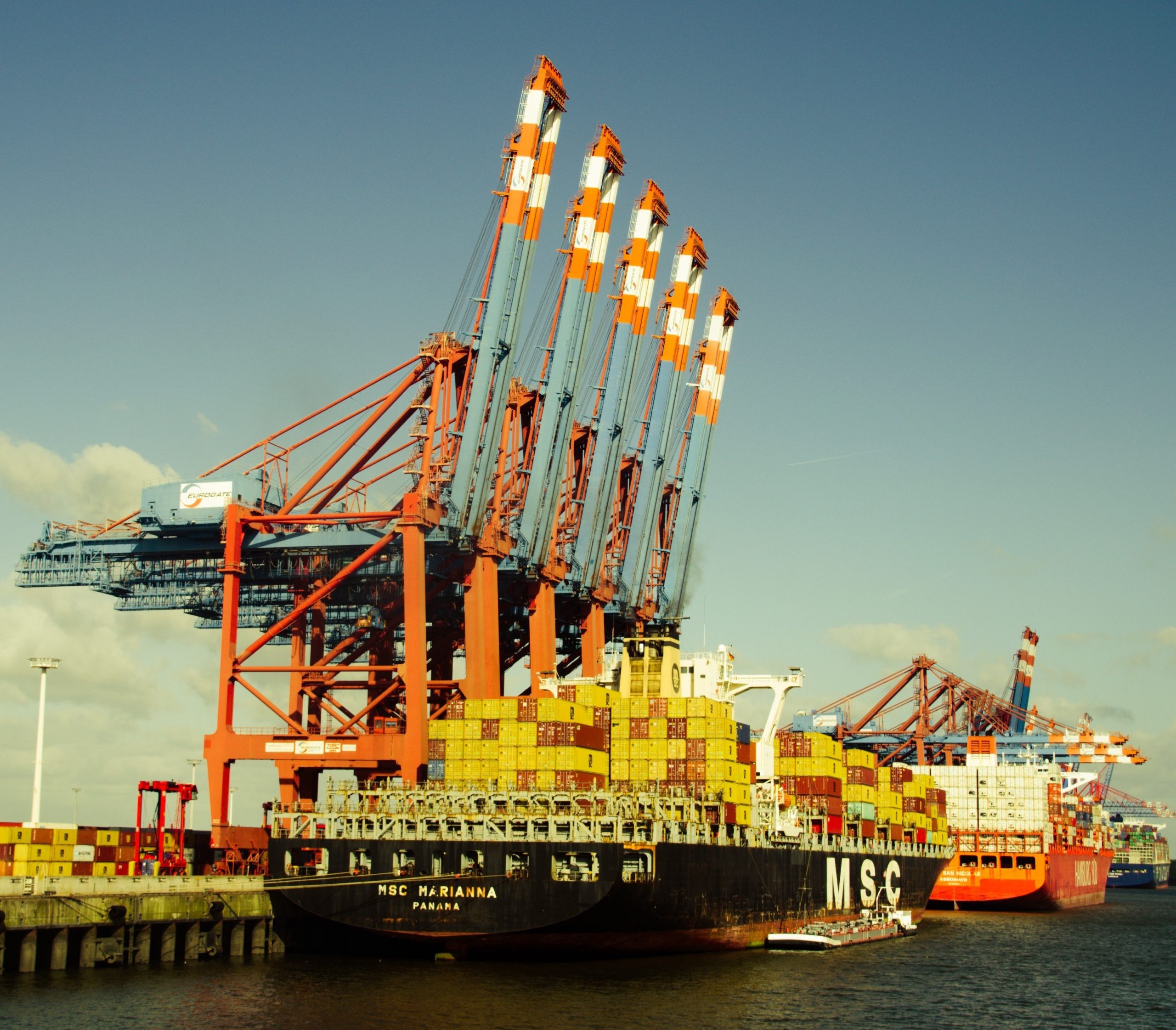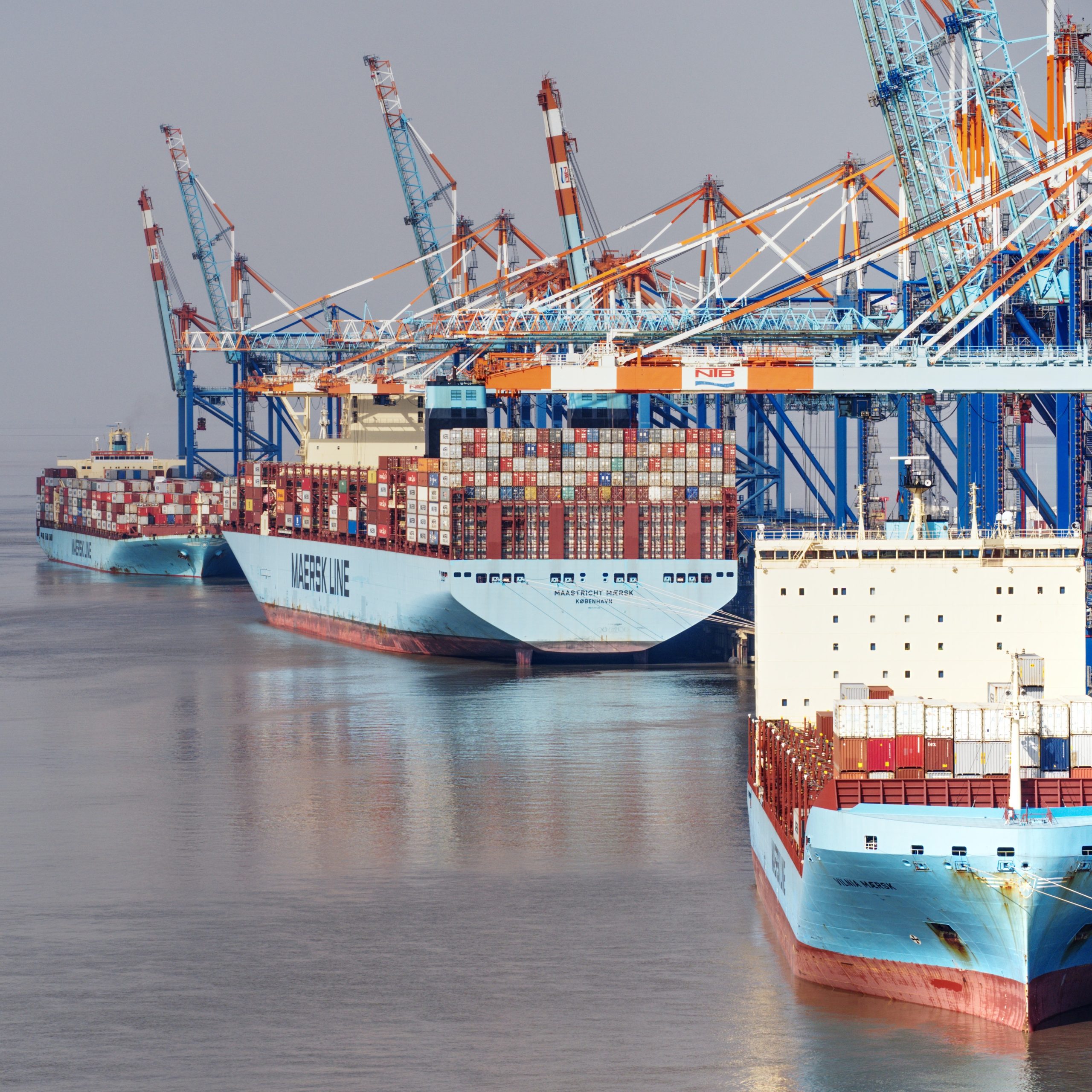Container Ship Orders Continue To Rise

Global Capacity For Freight And Alternate Fuel Grows
In an increasingly interconnected world, the ocean shipping industry has been making a powerful splash in global economics. In the past few years, container ship orders have seen an impressive upswing. The rise, sparked by the global supply chain crisis that began in 2020, has been unexpected yet promising as these events are filled with positive signs for the future of global commerce.
There are two main drivers for the rise in container ship orders: capacity and emissions. Thanks to the massive industry swings experienced over the past few years, no one is looking to be caught flat-footed again. Shipping companies of all sizes are looking to reinvest their record breaking profits in order to best position themselves for what comes next for the industry.
Massive Deal Between China and France Makes Waves
The historic peak we are seeing in container ship orders is thanks, in no small part, to the massive agreement recently reached between France and China. In April, the French shipping magnate CMA CGM made a deal with the China State Shipbuilding Corp. in Beijing for 16 container ships at the price of $3.06 billion. This is the largest order in Chinese shipbuilding history, which as a collective, counts for nearly half of all shipbuilding orders across the globe.
To put numbers in further perspective, there have been 8.61 million TEU contracted in the last ten quarters. This matches the amount that had previously been ordered the preceding 30 quarters. Additionally, we have now witnessed an increased order book for ten consecutive quarters. The orders keep coming and there appears to be no sign of slowing down.


Alternative Fuels on the Rise
One of the most notable aspects of these recent orders for new containerships, apart from the size, is their emphasis on lowering emissions. International trade is an important link for the global economy that provides disparate locations with necessary goods. However, it is estimated that the shipping industry is responsible for 3% of all greenhouse gas emissions. With this knowledge, many of the leading shipping companies are cognizant of their impact and are setting realistic targets in order to combat climate change.
“57% of the TEU capacity in the order book involves ships with some level of alternative fuels preparation compared to only 10% in the current fleet,” Hellenic Shipping News reports. At the time of writing, the vast majority of containerships use diesel engines while the first ships delivered as part of the current order book will use methanol. Switching engines from diesel to methanol has been a popular idea for energy scientists, especially in China. There are several reasons why methanol is an attractive alternative including the fact that petroleum reserves are shrinking, methanol produces less carbon dioxide, and it is about half the cost of diesel.
Other ships that are being built will have the ability to use low-sulfur fuel oil, high-sulfur fuel oil, liquefied natural gas, and ammonia, in addition to methanol.
What Does This Mean For Freight Rates?
Whether you are an industry insider or not, it is likely you have noticed that ocean shipping rates have been steadily decreasing. Coupled with the dual rise of inflation and energy costs, retail giants are placing orders short of the anticipated volume. This is leading to lower shipping costs and a rare opportunity for importers looking to take advantage of the current situation. SiShips does not believe this situation to last much longer, and expects demand to rise during Q3 in advance of the holiday season, but not anything like the huge increases we saw during the COVID supply chain disruptions.
The recent spike in container ship orders will not affect the freight capacity for some time yet. The average container ship takes roughly three years to build, with half that time for design and half for construction. Expect the orders that are part of the current wave to arrive sometime in 2024 with the final ships being delivered in 2026 and into 2027.
How SiShips Gives You the Advantage
Sheltered International combines expertise with state of the art software to bring you high quality domestic and international shipping solutions. SiShips puts the shipper in control, offering efficient and cost effective ways to ship your product.
To learn more about managed transportation with SiShips, or to view a demo of our software, contact us today.

